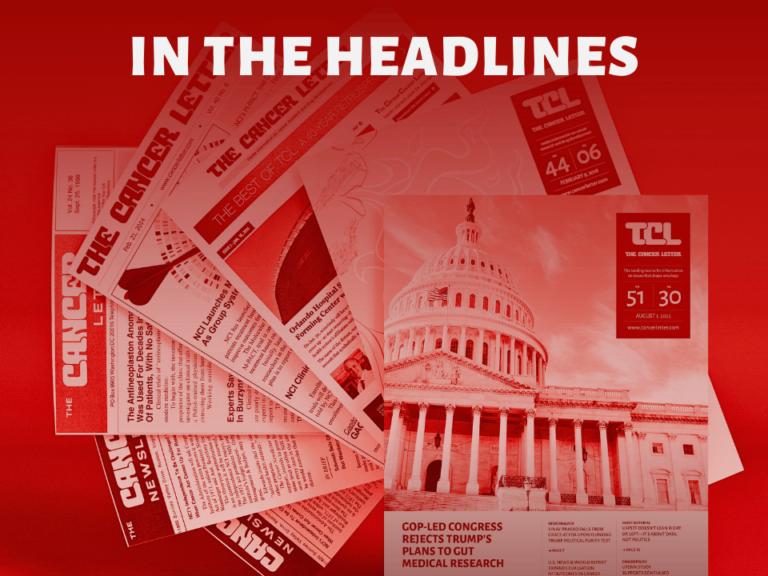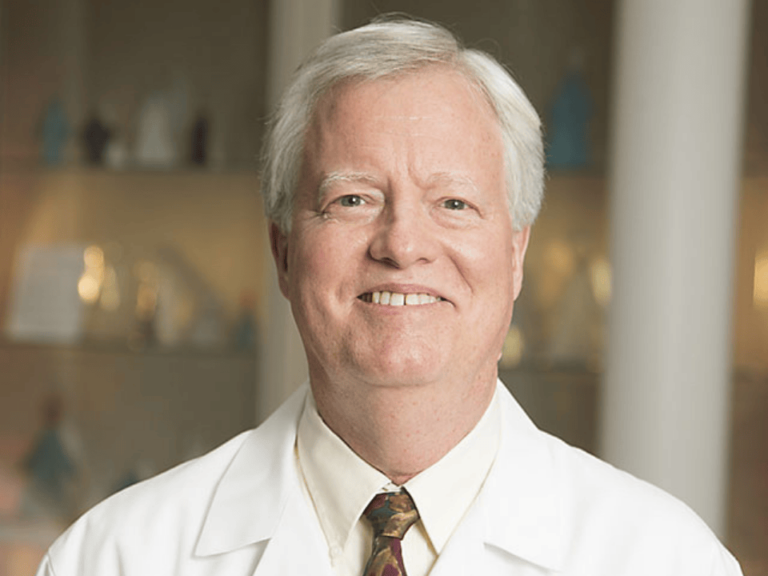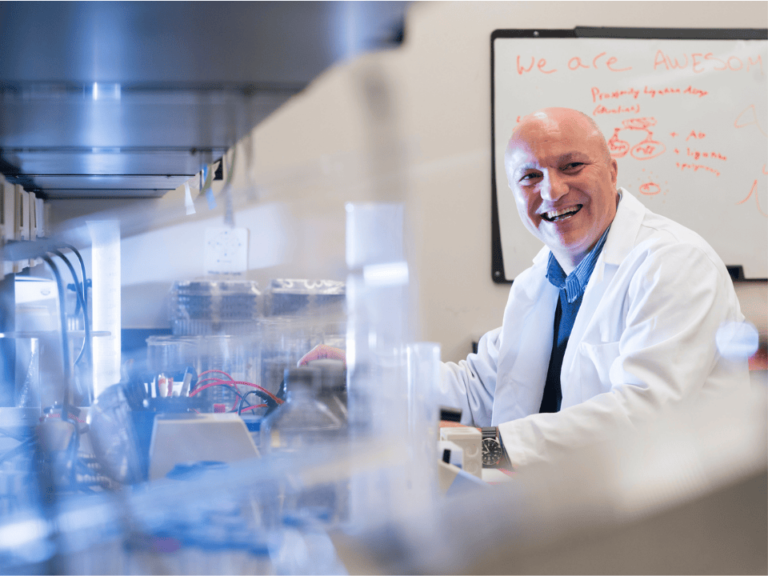Researchers from the University of Cincinnati have identified a framework that could help people with serious health conditions keep up their lung cancer screening appointments during the current surge.
The study was selected for the 2020 Southern Surgical Association Program and published as an “article in press” on the Journal of the American College of Surgeons website in advance of print.
The researchers compared monthly visits for low-dose computed tomography screening for lung cancer during the three months in which COVID-19 restrictions were in place with the number of monthly visits from the three years before that. LDCT is an imaging modality known to reduce mortality from lung cancer by at least 20% in high-risk patients. The institution suspended LDCT on March 13 and began a phased reopening on May 5 with a full opening on June 1.
“We had 800 scans cancelled during that time and even during the resumed period, we had a decreased total volume of patients scanned and also noted a decreased number of new patients who were scanned for their lung cancer screening,” lead author Robert M. Van Haren, an assistant professor and thoracic surgeon at the University of Cincinnati College of Medicine and a member of Cincinnati Research in Outcomes and Safety in Surgery within the Department of Surgery, said in a statement.
The institution averaged 146 LDCT tests a month before COVID-19 compared with 39 in March to June this year (p<0.01), with new patient monthly averages falling from 56 to 15 (p <0.01).
“Also when we resumed our operations, we found that new patients were less likely to come back to our screening program,” he said. They reported that new patient monthly LDCT rates have remained low despite resuming full operations.
“We also found that patients were more likely not to show up for their CT appointments, and this rate was again significantly increased compared with baseline,” he said. The no-show rate went from 15% before the COVID-19 restrictions to 40% afterward (p<0.04).
When full operations resumed in June, 29% of patients were found to have lung nodules suspicious for malignancy compared with 8% in the pre-COVID-19 period (p<0.01). That meant more patients were referred to a specialist for either biopsy or surgery as their suspected cancer entered a more critical phase.
These poor rates of screening probably reflect patient fears about coming into the hospital during the pandemic, although the study did not look at that concern specifically, Van Haren said.
“We’ve done two things to try to deal with that situation,” he said. “One was that we made operational changes to ensure that screening is safe, and we made a big emphasis within our program and with our nurses and coordinators to educate patients about those changes and to really get the message out that screening is safe.”
The key operational change was shifting the setting for the LDCT from the hospital to an outpatient center, but other changes included enforcing social distancing in the waiting rooms and in the scanning areas, and spacing appointments farther apart to allow for appropriate cleaning of those areas.
“Our results are important and suggest that it’s critical to continue cancer screening operations, such as our lung cancer screening, during this pandemic,” he said. “It’s maybe more important now as we continue to undergo another surge of COVID-19 cases throughout the country.”
In an invited commentary, William B. Weir, and Andrew C. Chang, of Michigan Surgery, Ann Arbor, wrote, “We must find a way to continue routine oncologic care or the true COVID-19 mortality rate will begin to include advanced stages of lung cancer.”











